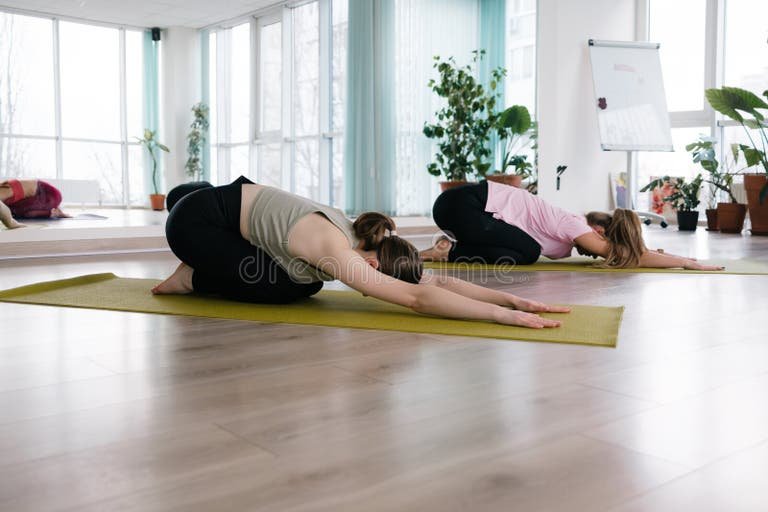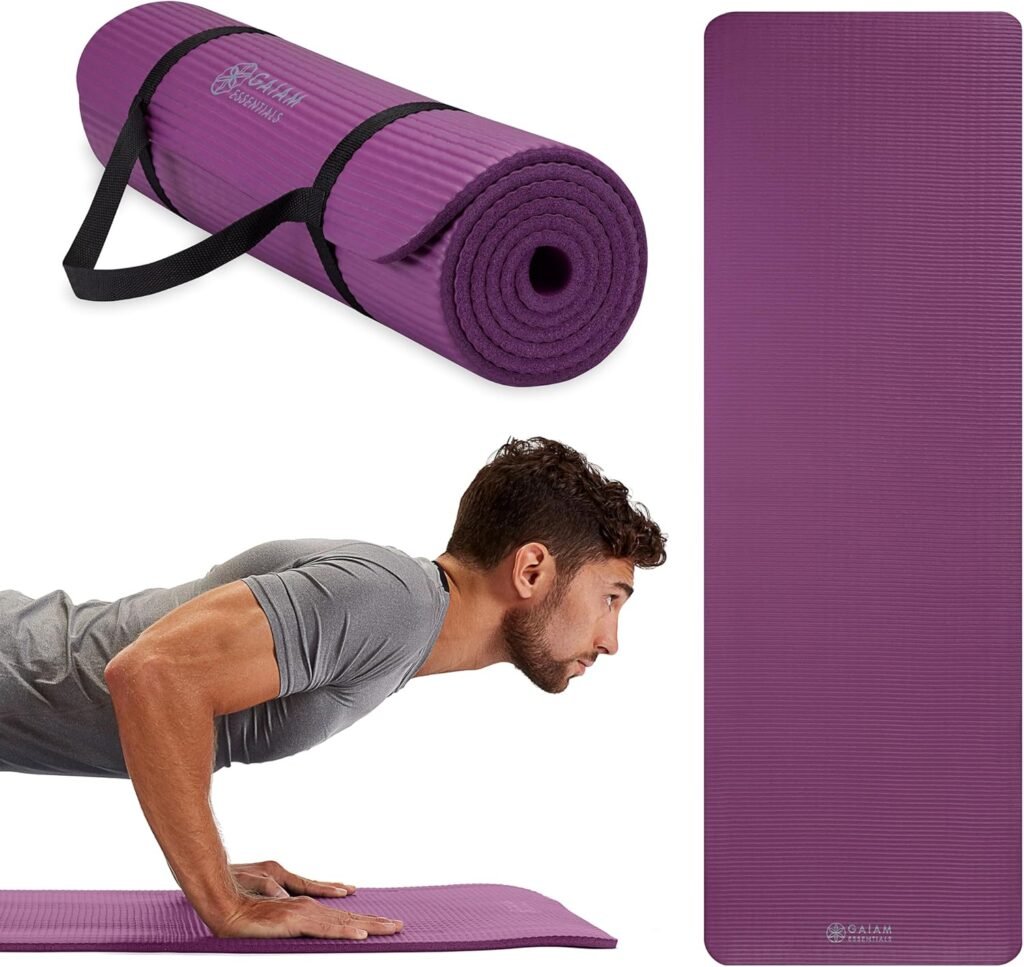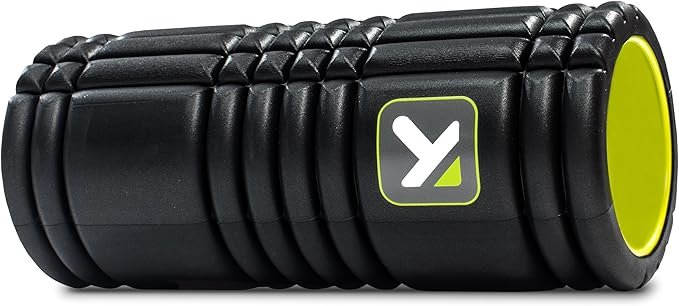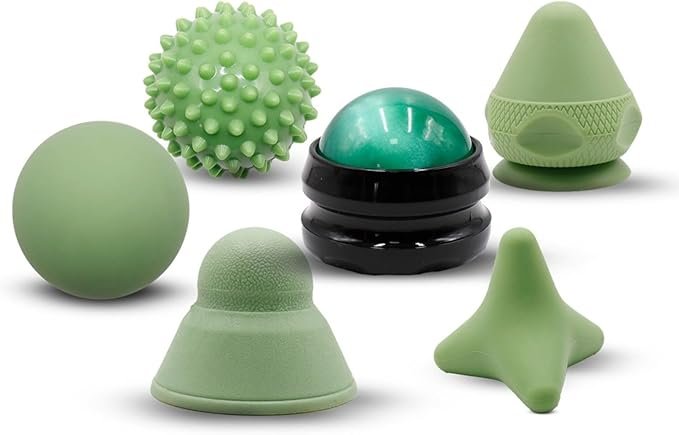You’ve just pushed through the final rep, your heart is pounding, and a satisfying layer of sweat coats your skin. You feel accomplished, powerful, and ready to collapse. The siren song of a cool shower and a comfortable couch is calling your name. But in the rush to finish, there’s a crucial final chapter to your workout that over 90% of people skip: the post-exercise stretch. The benefits of stretching after workouts are far too significant to be treated as an optional afterthought. They are the essential bridge between the stress of exercise and the strength of recovery.
Skipping this vital cool-down phase is like writing a fantastic book and then forgetting to add the last chapter. It leaves the story incomplete. By neglecting to stretch, you’re leaving your hard-working muscles in a shortened, tightened state, paving the way for next-day stiffness, prolonged soreness, and a greater risk of injury down the line. Let’s explore why this simple 10-minute ritual is one of the smartest investments you can make in your long-term health and fitness.

Table of Contents
Why the Benefits of Stretching After Workouts Are a Physiological Game-Changer
To understand why stretching is so critical, let’s look at what happens inside your muscles during exercise. When you lift, run, or jump, your muscle fibers contract powerfully and repeatedly. This process creates microscopic tears in the muscle tissue (which is how muscles grow stronger) and leaves them in a shortened, highly-tensioned state.
Think of your muscle like a rubber band. When it’s warm and has been used, it’s very elastic. This is the perfect time to gently lengthen it. A post-workout stretch signals to your body that the work is over and it’s time to begin the repair process. This simple act:
- Increases Blood Flow: Stretching helps to relax and widen your blood vessels. This “vasodilation” creates a superhighway for nutrient-rich blood to rush to your tired muscles, delivering the oxygen and proteins needed for repair.
- Aids in Waste Removal: This enhanced circulation also helps to efficiently flush out metabolic byproducts, like lactate, that can accumulate during intense exercise.
- Calms the Nervous System: It helps shift your body from the sympathetic nervous system (the “fight-or-flight” mode that powers your workout) to the parasympathetic nervous system (the “rest-and-digest” mode essential for recovery).
Gear Up for Comfort: To make your post-workout stretching routine as comfortable and effective as possible, consider using a dedicated exercise mat. A cushioned surface protects your joints on hard floors.
Our Recommendation: The Gaiam Essentials Thick Yoga Mat is a fantastic, highly-rated option that provides excellent support for all your stretches.

The Top 5 Benefits of Stretching After Your Cool-Down (Expanded)
If you’re still tempted to skip your cool-down, these five profound benefits will change your mind for good.
1. Boosts Flexibility and Unlocks Your Range of Motion 🤸♀️
Flexibility isn’t just for gymnasts; it’s the foundation of healthy, functional movement. After a workout, your muscles are warm and pliable, making it the safest and most effective time to improve your flexibility.
- Real-World Impact: Consistent stretching allows for a greater range of motion in your joints. This means deeper squats in the gym, a more fluid golf swing, or simply the ability to play with your kids on the floor without feeling stiff. By lengthening muscle fibers over time, you maintain youthful mobility and prevent the “locked-up” feeling that can come with age and a sedentary lifestyle.
2. Drastically Reduces Muscle Soreness and Stiffness
That familiar ache that appears 24-48 hours after a workout is called Delayed Onset Muscle Soreness (DOMS). It’s the price of progress, caused by those micro-tears in your muscles.
- How Stretching Helps: While stretching can’t eliminate DOMS, it can significantly reduce its intensity and duration. By increasing blood flow, you’re essentially fast-tracking the delivery of healing nutrients and accelerating the removal of inflammatory substances. The result? You’ll feel less like a tin man the next morning and be ready for your next session sooner.
For an even deeper approach to muscle recovery, many athletes combine static stretching with self-myofascial release tools. This can help break up stubborn knots and further reduce soreness.
- For Large Muscles: A foam roller is your best friend for flushing out lactic acid and massaging large muscle groups like your quads, hamstrings, and back. The TriggerPoint GRID Foam Roller is a top-tier choice for its effective, multi-density design.
- For Targeted Knots: For harder-to-reach areas like the shoulders, glutes, or arches of your feet, a Massage Ball Set can provide precise, deep-tissue relief.


3. Supercharges Your Blood Circulation 🩸
Healthy circulation is the unsung hero of overall wellness. Stretching is one of the easiest and most effective ways to support it.
- Beyond the Muscles: The circulatory benefits extend far beyond just your muscles. Improved blood flow supports heart health, enhances brain function, and can even give your skin a healthier glow. When you stretch, you’re not just helping your quads recover; you’re promoting a healthier internal environment for your entire body.
4. Provides Deep Stress Relief and Mental Clarity 🧘
Your mind and body are intrinsically linked. The physical tension you hold in your muscles—especially in the neck, shoulders, and back—can directly contribute to mental stress.
- A Mindful Moment: The act of stretching requires you to slow down and focus on your breath. As you inhale deeply and exhale into a stretch, you trigger a relaxation response that lowers cortisol (the stress hormone). This mindful practice is a form of active meditation, providing a peaceful transition from the high-intensity workout to the rest of your day, leaving you feeling refreshed and mentally clear.
5. Prevents Debilitating Injuries and Corrects Poor Posture
An ounce of prevention is worth a pound of cure, especially when it comes to injuries. Muscular imbalances are a primary culprit behind common issues like lower back pain, knee problems, and shoulder impingements.
- The Imbalance Problem: For many of us who sit at desks, our hip flexors and chest muscles become chronically tight, while our glutes and back muscles become weak. This pulls our posture out of alignment. Stretching the tight areas (like your hips and chest) is a crucial first step in correcting these imbalances, ensuring your joints are properly supported and reducing the strain that leads to chronic pain and sudden injuries.
How to Stretch Effectively: Your Post-Workout Blueprint
To truly reap the rewards, you need to stretch correctly. Here’s how:
- Focus on Static Stretching: Unlike the dynamic (movement-based) stretches you do in a warm-up, post-workout stretching should be static. This means you get into a position and hold it without bouncing.
- The 30-Second Rule: Aim to hold each stretch for at least 30 seconds. This gives the muscle enough time to relax and lengthen. For particularly tight areas, you can hold for up to 60 seconds.
- Breathe Through It: Never hold your breath. Take long, slow, deep breaths. Inhale to prepare, and exhale as you gently deepen the stretch. This helps relax the muscle further.
- Listen to Your Body: A stretch should feel like a gentle, comfortable pull, not a sharp pain. If it hurts, you’ve gone too far. Ease off slightly to a point of mild tension.
Essential Post-Workout Stretches to Get You Started
Here are a few fundamental stretches that target major muscle groups.
- Standing Hamstring Stretch: Stand with your feet hip-width apart. Hinge forward at your hips, keeping your back straight. Let your hands hang down towards your shins or the floor. You should feel this in the back of your thighs.
- Quad Stretch: Stand upright and hold onto a wall or chair for balance. Grab your right foot and gently pull your heel towards your glute, keeping your knees together. Feel the stretch in the front of your right thigh. Repeat on the left side.
- Doorway Chest Stretch: Stand in an open doorway. Place your forearms on the frame with your elbows slightly below shoulder height. Step forward with one foot until you feel a gentle stretch across your chest and the front of your shoulders.
- Triceps Stretch (“Pat on the Back”): Reach your right arm up, then bend your elbow to drop your hand behind your head. Use your left hand to gently pull your right elbow down and back. Feel the stretch in the back of your upper arm. Switch sides.
- Figure-Four Stretch (For Hips/Glutes): Lie on your back with your knees bent. Cross your right ankle over your left thigh. Reach through your legs and grab the back of your left thigh, gently pulling it toward your chest until you feel a stretch in your right glute and hip. Switch sides.

Frequently Asked Questions (FAQ)
Q1: What’s the difference between stretching before and after a workout?
A: This is a great question! Before a workout, you should focus on dynamic stretching. This involves active movements that take your joints and muscles through a full range of motion (e.g., leg swings, arm circles).1 It helps warm up your body and prepare it for exercise.2 Stretching after a workout should be static stretching, which is where you hold a stretch in a still position for a period of time.3 This is ideal for cooling down, as it helps lengthen and relax the warm muscles, improving flexibility and aiding recovery.4
Q2: How long do I really need to hold each stretch?
A: For optimal results, you should aim to hold each static stretch for at least 30 seconds. This gives your muscle fibers enough time to relax and lengthen. If you’re stretching a particularly tight area, like your hamstrings or hips, holding the stretch for up to 60 seconds can be even more beneficial. Remember to breathe deeply the entire time.
Q3: Is it okay to stretch on my rest days?
A: Absolutely! Stretching on rest days is a fantastic form of active recovery. It helps alleviate any lingering muscle stiffness, improves blood flow, and contributes to your overall flexibility goals.5 Gentle stretching on off-days can make a big difference in how you feel and perform during your next workout.
Q4: Should stretching feel painful?
A: No, never. A proper stretch should create a feeling of mild tension or a gentle pull in the muscle—it should never be sharp or painful. Pain is your body’s signal that you are pushing too far, which can lead to injury.6 If you feel pain, ease back on the stretch until you’re back in the tension-only zone.
Q5: What if I’m not very flexible? I can barely touch my toes!
A: That’s completely fine, and you’re not alone! Flexibility is not a competition. The goal is to improve from your own starting point. Consistency is far more important than how flexible you are today. Start with a smaller range of motion and focus on holding the stretch correctly. Over time, with consistent practice after your workouts, you will see significant improvements.
Q6: Do I need to stretch after every single type of workout?
A: Yes, it’s a highly recommended habit. Whether you’ve just finished a heavy lifting session, a long run, or even a brisk walk, your muscles have been working. Taking just five minutes to stretch afterward helps signal to your body that it’s time to begin the recovery process. Making it a consistent part of every cool-down is key to reaping the long-term benefits.
Don’t Just End Your Workout, Complete It
Your workout doesn’t truly end with the last rep. It ends after you’ve given your body the restorative care it needs to rebuild stronger. By dedicating just 5-10 minutes to a proper stretching routine, you are investing in faster recovery, greater mobility, and a more resilient, injury-proof body. You’re completing the cycle of fitness.
Stop treating stretching as an optional extra. Make it a non-negotiable ritual. Your body will thank you for it tomorrow, next week, and for years to come.
What’s the one stretch you know you should do but always forget? Let’s hold each other accountable! Share it in the comments below.